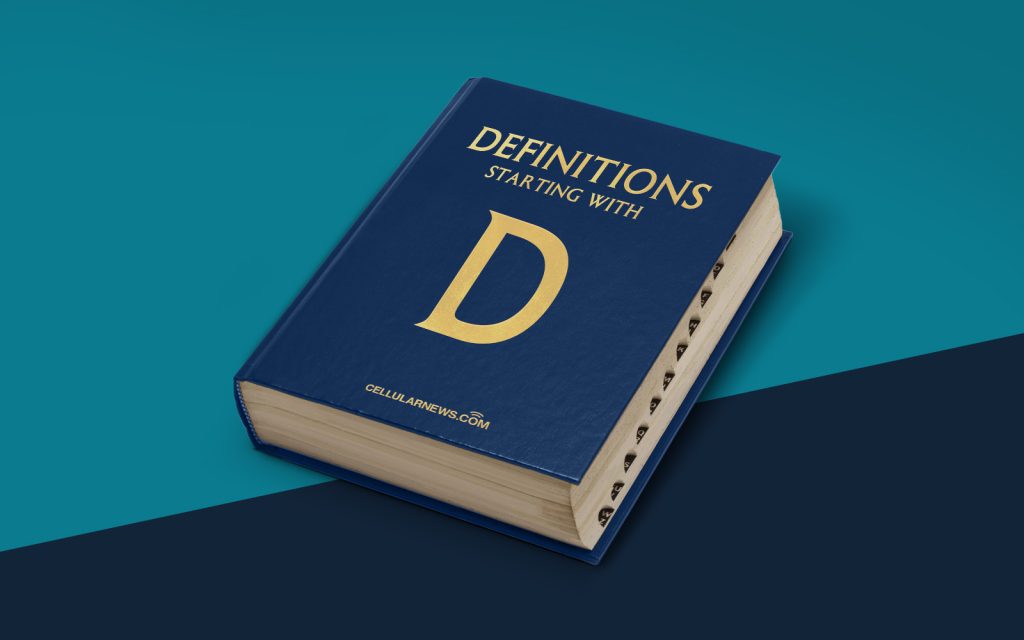
Unlocking the Mystery of the DIN Connector
When it comes to audio and video connections, there are many different types of connectors available. You’ve probably heard of HDMI, USB, and even RCA connectors, but have you ever come across a DIN connector? In this article, we will delve into the world of DIN connectors, exploring what they are, how they work, and where you might encounter them.
Key Takeaways
- DIN connectors are a type of electrical connector commonly used for audio and video equipment.
- They come in various configurations, ranging from 3 pins to 13 pins, and can be used for different purposes.
What is a DIN Connector?
A DIN connector, short for Deutsche Industrie Norm (German Industrial Standard) connector, is a type of electrical connector that is commonly used for audio and video equipment. These connectors were first established by the German Institute for Standardization in the late 1970s and have since become a popular standard in various industries.
DIN connectors come in different configurations, with the most common types being the 5-pin DIN and the 8-pin DIN connectors. The number of pins determines the specific use of the connector, as different pins are allocated for different signals.
Now, let’s dive into some key points to help you understand DIN connectors better:
- Diverse Applications: DIN connectors have a wide range of applications across different industries. Some common uses include:
- Audio and video equipment, such as amplifiers, headphones, and musical instruments.
- Computer peripherals, such as keyboards and mice.
- Industrial machinery and control systems.
- Medical equipment.
- Variety of Pin Configurations: DIN connectors come in various pin configurations. The most common ones include:
- 3-pin DIN connectors: These are often used for low-voltage power connections.
- 5-pin DIN connectors: These are commonly used for MIDI (Musical Instrument Digital Interface) connections in the music industry.
- 8-pin and 13-pin DIN connectors: These are often found in audio/video equipment, where they facilitate the transmission of stereo audio and composite video signals.
Understanding DIN connectors can be essential, especially if you work with audio or video equipment regularly. Knowing the different pin configurations and their applications can help you make the right connections and troubleshoot any issues that may arise.
So, the next time you come across a DIN connector, you’ll have a better understanding of what it is and how it may be used in various devices. Embrace the world of DIN connectors and unlock a whole new level of connectivity!
